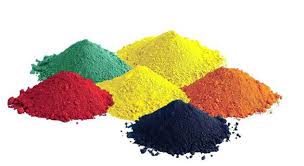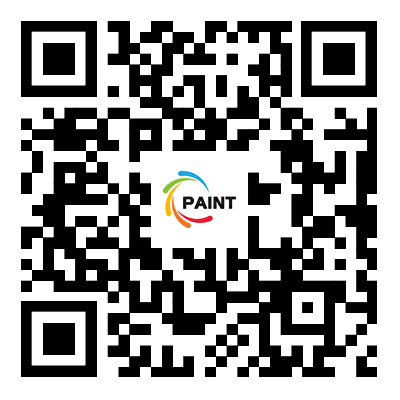Innovations and Trends in Inorganic Pigments
2024-09-02
Inorganic pigments have been a staple in color technology for decades, known for their stability and versatility. As technology and materials science continue to advance, new innovations and trends are emerging in the world of inorganic pigments. In this blog post, we’ll explore some of the latest developments and trends in inorganic pigments, highlighting how they’re shaping various industries.
1. Advances in Pigment Technology
Recent advancements in pigment technology are enhancing the performance and applications of inorganic pigments:
- Nano-Pigments: The development of nano-pigments has led to improvements in color intensity and dispersion. Nano-sized particles offer more vibrant colors and better stability, making them ideal for high-performance coatings and specialty applications.
- Enhanced Durability: Innovations in pigment formulations have led to improved durability and resistance to environmental factors. Newer pigments are designed to withstand extreme temperatures, UV exposure, and chemical interactions, extending the lifespan of coated surfaces.
- Eco-Friendly Formulations: With increasing awareness of environmental impact, there is a growing focus on developing eco-friendly inorganic pigments. These formulations aim to reduce the environmental footprint by using sustainable raw materials and minimizing waste.
2. Growing Applications of Inorganic Pigments
The versatility of inorganic pigments continues to drive their adoption in new and diverse applications:
- Electronics: Inorganic pigments are being used in the electronics industry for applications such as color displays and conductive coatings. Their stability and reliability make them suitable for high-tech environments.
- Nanotechnology: The integration of inorganic pigments into nanotechnology is opening up new possibilities for advanced materials and coatings. Nanoparticles of inorganic pigments are used in smart coatings, sensors, and other cutting-edge technologies.
- Renewable Energy: Inorganic pigments are playing a role in the renewable energy sector, particularly in the development of solar panels. They are used in coatings and materials that enhance the efficiency and longevity of solar cells.
3. Trends in Color Innovation
Color trends in various industries are influencing the development of inorganic pigments:
- Sustainable Colors: There is a growing demand for colors derived from sustainable and non-toxic sources. Inorganic pigments that meet these criteria are becoming increasingly popular in consumer products, including cosmetics and packaging.
- Custom Colors: The ability to create custom colors using inorganic pigments is gaining traction. Advances in pigment mixing and formulation allow for the creation of unique shades and finishes, catering to specific design requirements.
- High-Performance Coatings: The demand for high-performance coatings in industries such as automotive and aerospace is driving innovation in inorganic pigments. New formulations are being developed to meet the rigorous demands of these applications, including improved scratch resistance and UV stability.
4. Challenges and Opportunities
While inorganic pigments offer numerous benefits, there are also challenges and opportunities associated with their use:
- Regulatory Compliance: Compliance with environmental and safety regulations is an ongoing challenge. Manufacturers must navigate regulations related to pigment sourcing, usage, and disposal to ensure that their products meet legal standards.
- Market Demand: The demand for specialized and high-performance pigments is growing. Companies that can innovate and meet the evolving needs of industries such as automotive, electronics, and renewable energy have significant opportunities for growth.
- Sustainable Practices: The push for sustainability in the pigment industry presents both challenges and opportunities. Companies that invest in sustainable practices and develop eco-friendly pigments can differentiate themselves in the market and appeal to environmentally-conscious consumers.
Conclusion
Inorganic pigments continue to evolve, driven by advancements in technology, growing applications, and changing trends in color innovation. From enhanced durability and eco-friendly formulations to new applications in electronics and renewable energy, the world of inorganic pigments is dynamic and exciting. By staying informed about the latest developments and trends, you can leverage these innovations to create high-quality products and stay ahead in a competitive market.



